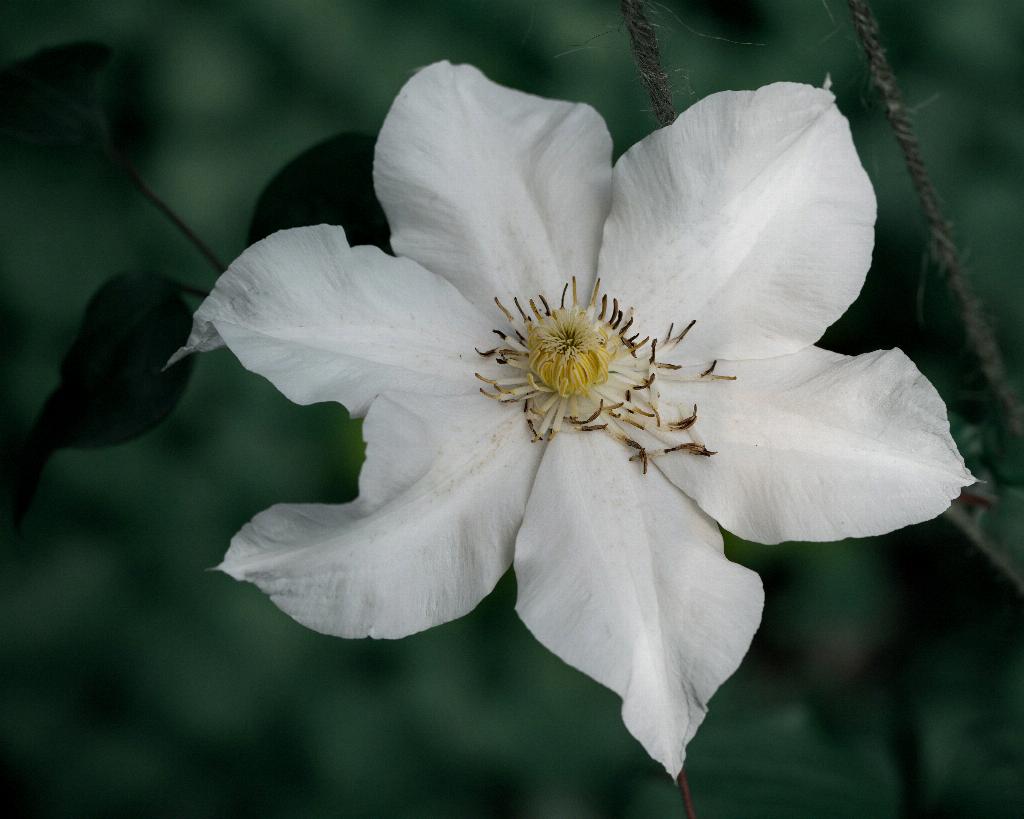Clematis plants are known for their beauty and versatility, making them a popular choice for gardeners. Understanding the growth rate of clematis is crucial for successful cultivation and maintenance of these stunning vines. In this article, we will delve into the various factors that influence the growth rate of clematis plants, explore the different growth stages they go through, discuss the growth rates of different clematis varieties, and provide tips on how to optimize their growth.
Importance of Understanding Growth Rate of Clematis Plants
Before we dive into the specifics of how fast clematis grow, it’s essential to understand why this knowledge is important. By knowing the growth rate of clematis plants, gardeners can plan and strategize their gardening efforts effectively. This understanding enables them to provide the appropriate care, such as watering, fertilizing, and pruning, to ensure optimal growth and blooming.
Factors Affecting Growth Rate of Clematis
Several factors influence the growth rate of clematis, including soil quality, light exposure, watering frequency, and temperature. The type of soil and its nutrient content can significantly impact the growth of clematis plants. Adequate sunlight is essential for photosynthesis and overall plant health, while consistent watering and optimal temperatures promote vigorous growth.
Understanding Clematis Growth Stages
Clematis plants go through various growth stages, starting from germination to the flowering stage. Each stage plays a crucial role in the overall growth and development of the plant. By understanding these growth stages, gardeners can better assess the health and progress of their clematis plants.
Different Clematis Varieties and Their Growth Rates
There are annual and perennial clematis varieties, each with its unique growth rate and characteristics. Annual clematis varieties tend to grow more rapidly and are ideal for quick garden transformations, while perennial varieties offer long-term beauty and growth potential. Knowing the growth rates of different clematis varieties helps gardeners choose the right plants for their specific needs.
Optimal Conditions for Faster Clematis Growth
Creating optimal conditions for clematis growth involves maintaining the right soil pH, employing proper pruning techniques, and providing adequate fertilization. Clematis plants thrive in slightly acidic soil conditions and benefit from periodic pruning to promote new growth. Additionally, fertilizing clematis plants with a balanced fertilizer helps them achieve faster and healthier growth.
Common Mistakes That Slow Down Clematis Growth
Several common mistakes can hinder the growth of clematis plants, such as overwatering, inadequate sunlight exposure, and using incorrect pruning methods. Overwatering can lead to root rot and stunted growth, while insufficient sunlight can prevent proper photosynthesis. Using the wrong pruning techniques can also inhibit the plant’s growth and blooming potential.

Conclusion
In conclusion, understanding the growth rate of clematis plants is essential for successful cultivation and maintenance. By considering factors such as soil quality, light exposure, and watering frequency, gardeners can create optimal conditions for clematis growth. Knowing the different growth stages, clematis varieties, and common mistakes that can hamper growth enables gardeners to foster healthy and thriving clematis plants in their gardens.
